

Sterilization is a critical process in both microbiology and various industries aimed at completely eliminating all forms of microorganisms, including bacteria, viruses, and fungi, from surfaces or objects. As one of the leading experts in microbiological solutions, TM Media understands the significance of employing efficient and reliable sterilization techniques. In this blog, we will delve into various advanced sterilization methods and explore how biological and chemical indicators play a pivotal role in validating their effectiveness and ensuring the safety of products used across various industries.
Biological indicators are crucial tools for monitoring and validating sterilization processes. These indicators contain a standardized population of highly resistant microorganisms, such as Geobacillus stearothermophilus or Bacillus atrophaeus spores. By subjecting these indicators to the sterilization process, their survival or inactivation confirms the effectiveness of the procedure.
At TM Media, Geobacillus stearothermophilus or Bacillus atrophaeus spores are available as strips and ampoules.
Chemical indicators complement biological indicators in verifying the sterilization process. Unlike BIs that indicate the destruction of living microorganisms, CIs respond to specific physical conditions (e.g., temperature, time, or sterilant presence). These indicators provide real-time feedback on the success of sterilization.
By using a combination of Biological and Chemical Indicators, microbiologists and industry professionals can confidently ensure the safety and efficacy of sterilization processes. The integration of both types of indicators enables a comprehensive assessment of critical parameters, leaving no room for uncertainty.
Ethylene oxide is a versatile and widely used sterilization method, especially for materials sensitive to high temperatures and moisture. The gas penetrates various materials and effectively targets microbial contaminants. However, the potential hazards associated with EtO necessitate the use of Biological Indicators (BI) to ensure optimal sterilization.
This low-temperature sterilization method employs hydrogen peroxide gas excited by plasma to eradicate microorganisms effectively. With its rapid cycle and compatibility with moisture-sensitive items, this technique requires biological and chemical indicators to verify sterilization parameters and process efficacy.
Gamma and electron beam radiation are highly effective at sterilizing a wide range of products. They disrupt microbial DNA, preventing replication. Integrating dosimeters and chemical indicators into the process ensures a precise and reliable sterilization outcome.
Culture media with pH Indicators are commonly used as Biological Indicators in certain sterilization processes. These indicators contain specific pH-sensitive dyes that change colour when exposed to the by-products of microbial growth. By observing changes in the media’s colour, microbiologists can determine if any viable microorganisms survived the sterilization process. This technique is particularly useful for sterilization methods that involve moist heat, such as autoclaving.
The Bowie & Dick Test Pack is a specific type of Biological Indicator used primarily to evaluate the performance of autoclaves and pre-vacuum steam sterilizers. It consists of a standardized test pack with a large air cavity that simulates a challenging sterilization load. The test pack is subjected to a specified steam sterilization cycle. After the cycle, the pack is visually inspected for the presence of air pockets, steam penetration, and proper steam condensation. The Bowie & Dick test helps detect problems with steam penetration, which could compromise the overall effectiveness of the sterilization process.
Self-Adhesive Autoclave Tape is a Chemical Indicator that provides a quick visual indication of exposure to heat during the autoclave sterilization process. The tape changes colour when exposed to high temperatures, confirming that the item has been through the autoclave cycle. While it does not provide information about microbial kill, it serves as a rapid and convenient tool to identify items that have undergone the sterilization process.
Dry Heat Indicator Strips are chemical indicators designed for use in dry heat sterilization processes. These strips change colour when exposed to the high temperatures of dry heat sterilization. They offer a visual cue to verify that the items have been subjected to the required temperature, ensuring effective sterilization.
ISO Standards:
The International Organization for Standardization (ISO) provides guidelines and standards for sterilization validation. The ISO 11138 series lays out the requirements for BI. Adhering to these standards is vital to meeting regulatory compliance and maintaining product integrity.
Routine Monitoring and Record-Keeping:
Regular monitoring of sterilization processes using BI and CI is essential to ensure consistency and identify any deviations. Detailed record-keeping of sterilization parameters and indicator results aids in process improvement and regulatory audits.
We offer Ethylene Oxide Chemical Process Indicator, Self-Adhesive EtO Tape, Vaporized H2O2 Sterilization Process Indicator, and Radiation Chemical Process Indicators, along with Indicators for traditional sterilization processes, to validate effectiveness and safety.
Quality Assurance:
Our Biological and Chemical Indicators are manufactured under stringent quality control measures to ensure accuracy and reliability.
ISO/IRAM/NS-EN/ANIMAT PM Compliance:
Our indicators adhere to the ISO 11138 series guidelines for Biological Indicators, ensuring regulatory compliance and adherence to international standards.
Comprehensive Range:
We offer a comprehensive range of Biological and Chemical Indicators designed for various sterilization methods, making it convenient for professionals in different industries to find suitable indicators for their specific needs.
Click https://www.tmmedia.in/category/products/indicators/biological-indicators-and-chemical-indicator/ to view the comprehensive range.
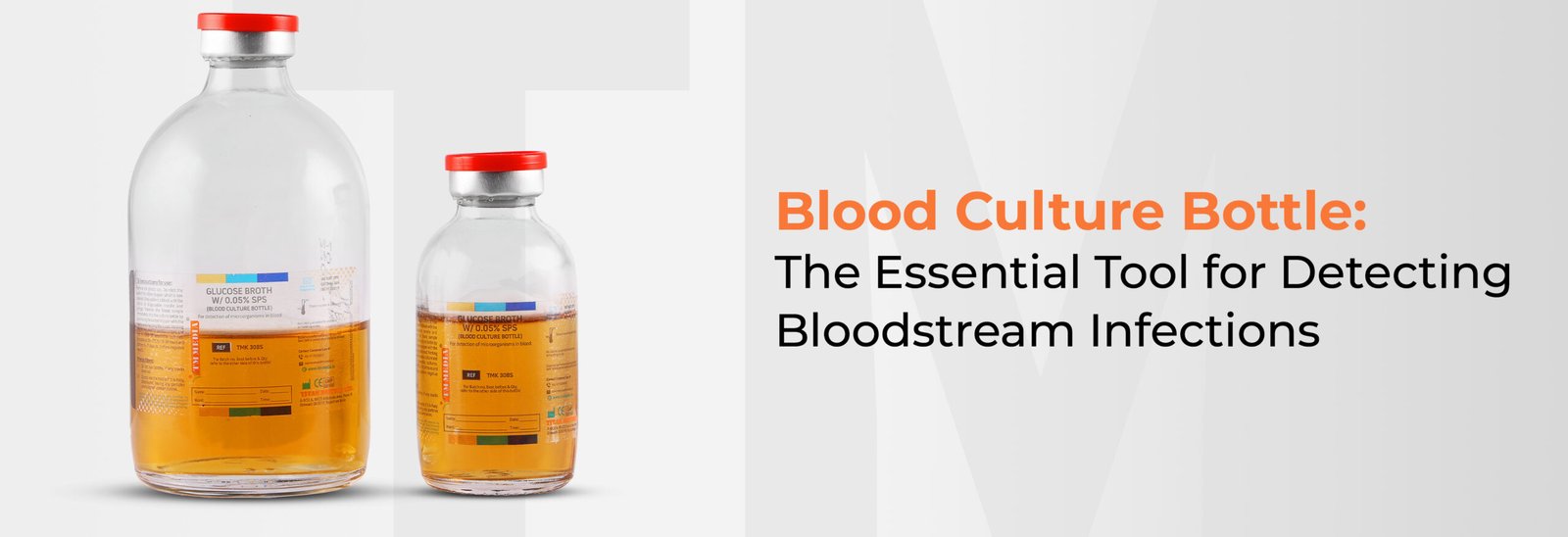
Imagine this: your body is a fort, defended by walls, guards, and intricate defences. But occasionally, raiders slip through the...
Read More
Think about, you are cooking food for loved ones. You’d wash your hands, clean the utensils, and make sure everything...
Read More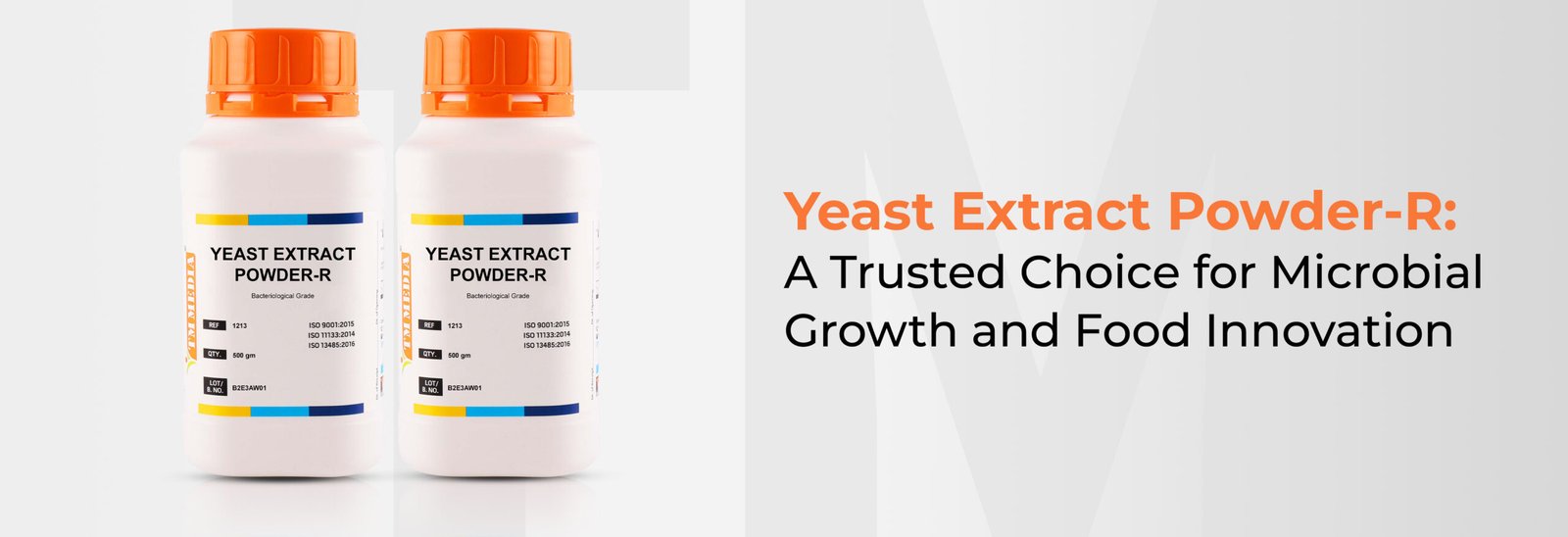
Some secrets are not written in books but brewed in cells too small to see. Just as a cook adds...
Read More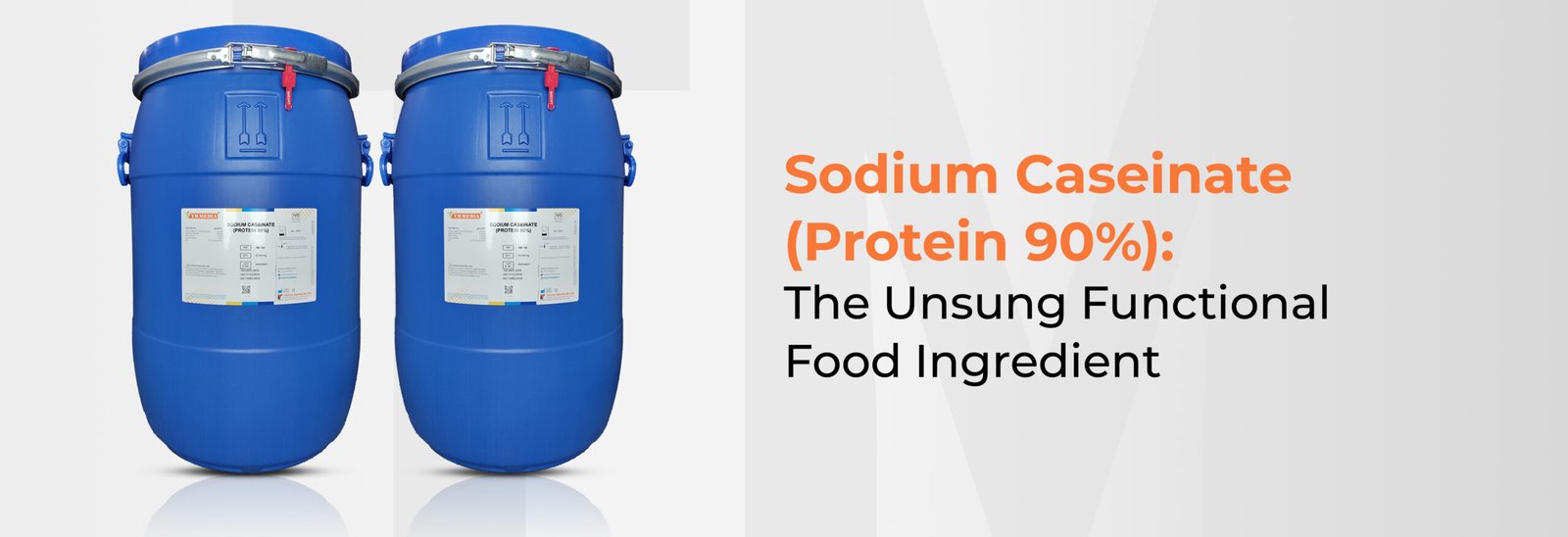
Ever flipped a nutrition label and set foot in a food lab, you have probably come across a name that...
Read More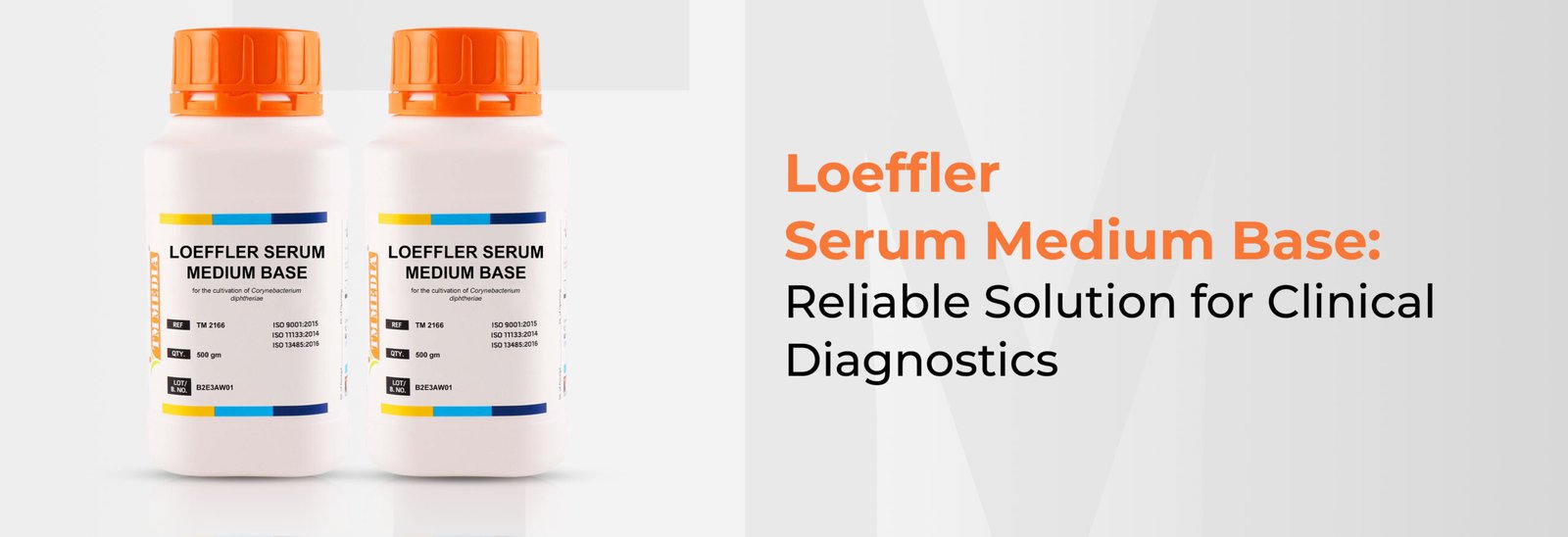
In clinical and investigative microbiology, loeffler serum slope has been crucial in the isolation and investigation of Corynebacterium diphtheriae, the...
Read More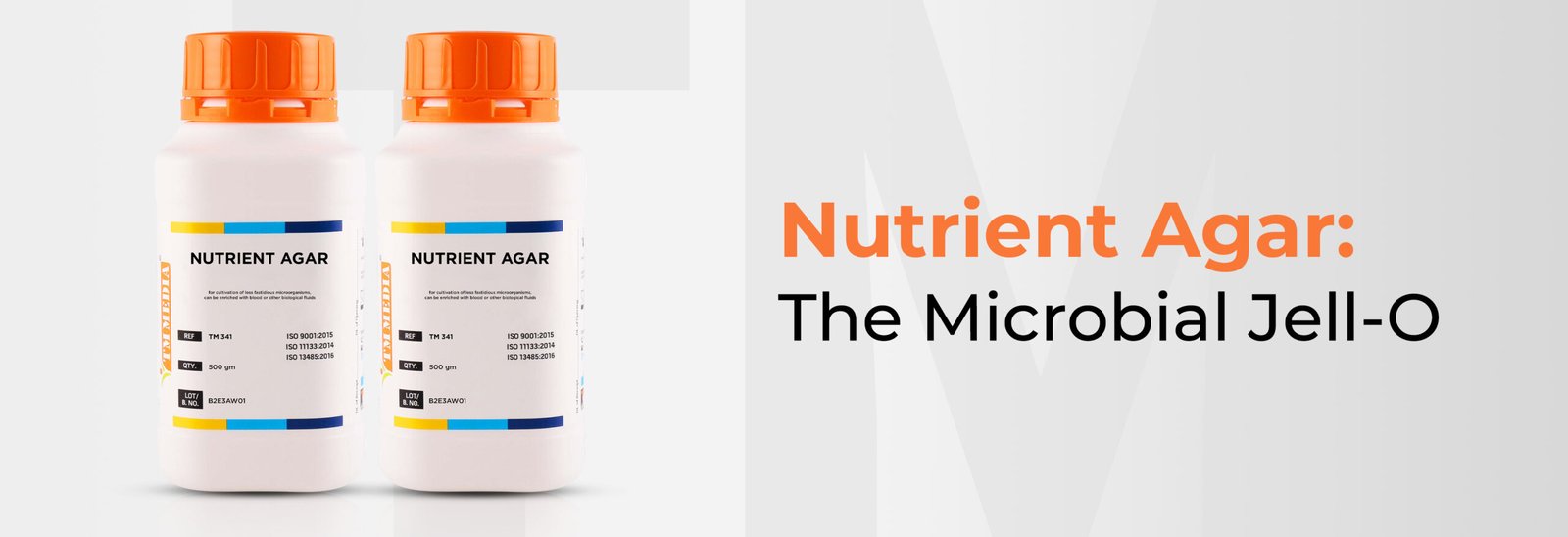
Walk into any microbiology lab, and you’ll notice something: shelves stacked with bottles labelled “nutrient agar ” and rows of...
Read More